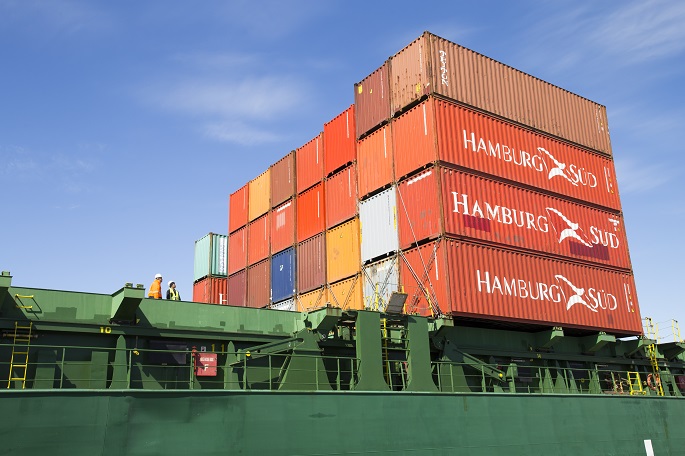2.6% growth in Finnish economy forecast in 2018
Published : 14 Apr 2018, 00:08
The Finnish economy will grow by 2.6 per cent in 2018, according to the forecast of the Ministry of Finance in its latest Economic Survey, published on Friday.
With this continued strong growth the demand for labour is rising and employment is growing at a rate not seen for many years, said an official press release.
The Finnish economy will continue to grow at an annual rate of more than 2% in the next few years but will slow to less than 1½% in the medium term.
The employment rate is forecast to reach 72.5% in 2020. The reduction in unemployment is nevertheless likely to be slow, despite the increase in job vacancies.
The growth in Finland’s economy is forecast to be 2.2% in 2019 and 1.8% in 2020. This growth will be attributable particularly to domestic demand and foreign trade. Household consumer demand will be restrained by a slowing of the growth in real disposable income. Although the growth in private investment will be down from its 2017 level, investment will nevertheless rise to 20% of gross domestic product (GDP). Growth in exports will fall into line with the growth in world trade, and the contribution of net exports to the growth in the economy will be less significant.
The level of employment improved in 2017 as a result of the rapid and broad-based upturn in economic activity. The improvement in employment gathered pace exceptionally quickly towards the end of the year and in the early part of 2018, pushing up the employment rate to around 71%.
The demand for labour has been growing rapidly. The continuing brisk GDP growth and the moderate rise in real pay will boost the number of people in employment in 2018 to a level 1.8% higher than the previous year. The growth in employment will continue to be strong throughout the forecast period, with the employment rate reaching 72.5% in 2020. Employment growth and GDP growth are not yet being restricted by the supply of labour across the economy as a whole, due to the large number of unemployed and the high level of disguised unemployment, and measures serving to increase the labour supply.
Private consumption growth is gathering pace in 2018, due to the rising level of employment and earnings. Faster economic growth, export expansion, low interest rates and positive trends in the global economy all ensure the continuing growth of private investment. The growth in exports will be more moderate than the sharp rise seen in 2017 but will continue to outperform the growth in world trade.
Earnings growth in 2018 is expected to be 1.9%. Wage drift is forecast to remain below average as company-level agreements become more widespread. The rise in earnings will accelerate in 2019 to 2.5% as a consequence of the timing of contractual pay increases. In 2020, there will be a slightly steeper rise in earnings, reaching 2.8%, boosted by the growth in the economy and the restoration of public sector holiday bonuses. Inflation will remain moderate, despite the accelerated growth in pay.


